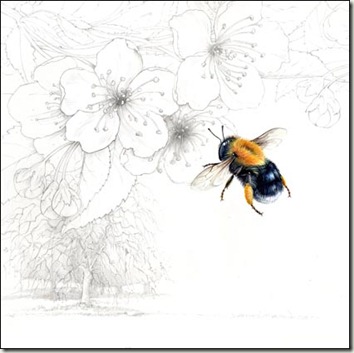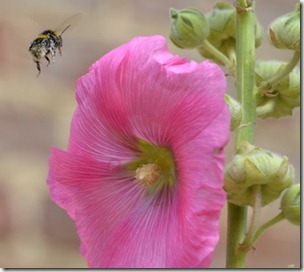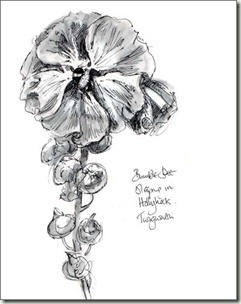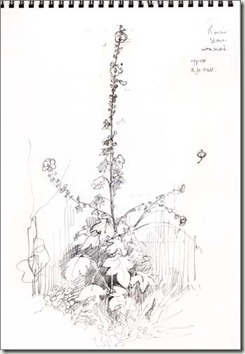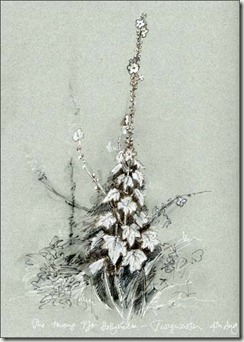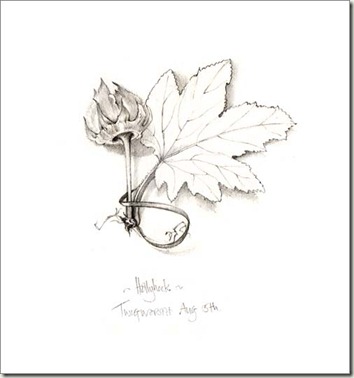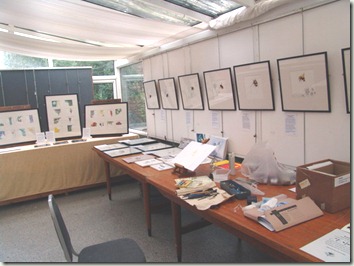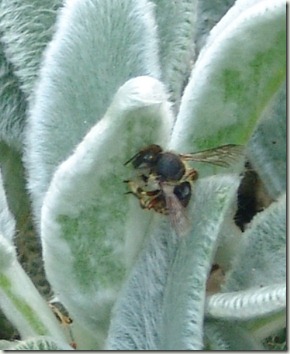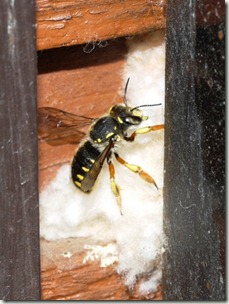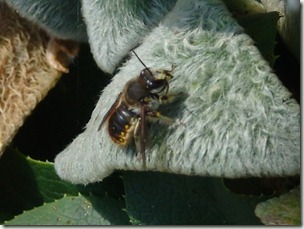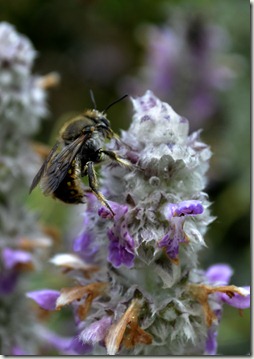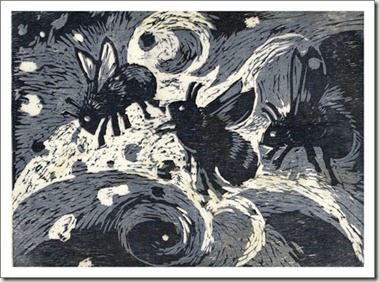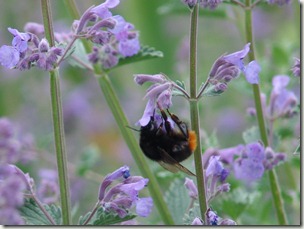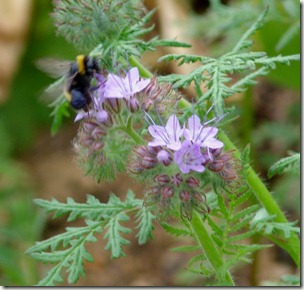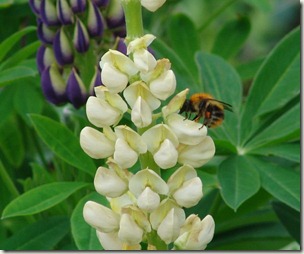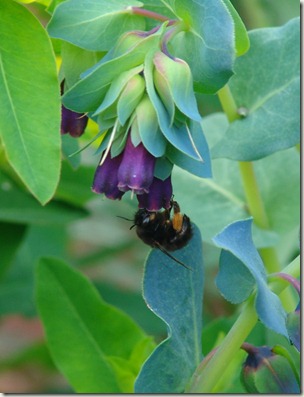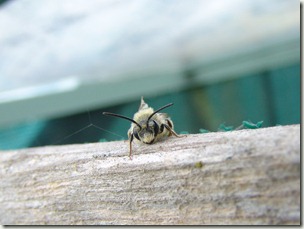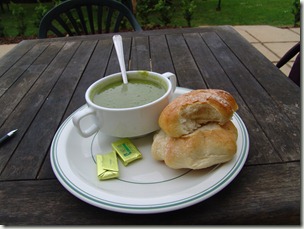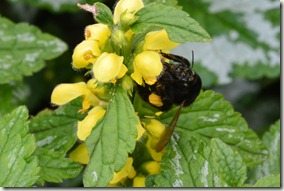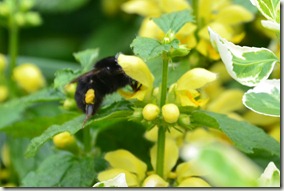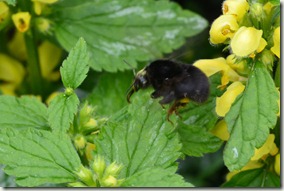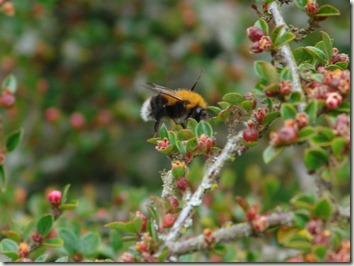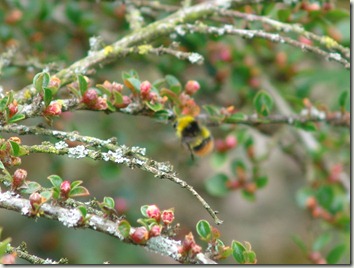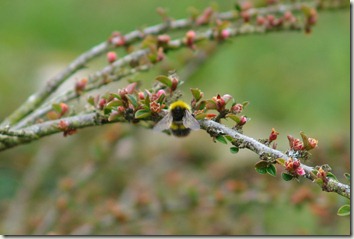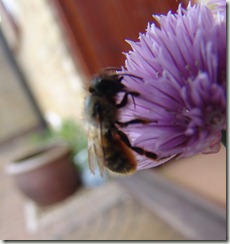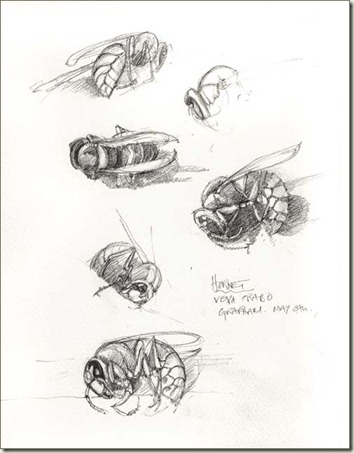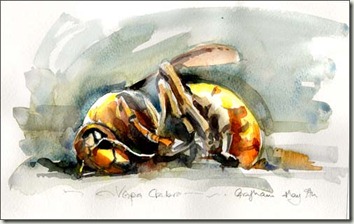I was at Nature in Art near Gloucester all of last week and the weekend as Artist in Residence.
It’s a fascinating place. A lovely old manor house dedicated to the celebration of all things natural in painting, sculpture and ceramics, a good cafe and wild grounds.
Wonderful for wildlife. Michael Porter’s current exhibition “The Glance and the Gaze” is inspiring!
Artists in Residence have a studio to work in although I have been too busy talking to visitors to actually do much but I had my paintings and sketchbooks to show and talk about.
My good intentions to blog were thwarted by no internet access!

My paintings and sketchbooks and bees at the studio.
In between talking to the visitors I went out for a bit of bee spotting.
There is quite an extensive wild flower area with red clover, thistles and scabious which is full of bees and hoverflies. At the front of the building are some immensely tall, beautiful hollyhocks, which were busy with bumble bees and in the same border, a patch of furry stachys where to my delight a pair of the gorgeous woolcarder bees are indulging in some perfectly textbook behaviour.
Now please understand that this is the first time I have actually seen, with my own eyes, a wool carder bee carding. I was really quite thrilled to see the little female come back time after time to chew the fibres from the undersides of the leaves. She curls round as she gathers them up then flies back to her nest with her ball of fluff, to use for nest building.

The photo above shows the de-fluffed underneath of the leaf, and the bee busy trimming off the fibres. Nature in Art 2nd August. Photo Val Littlewood
I have never seen a nest but here from Wisconsin, USA is a photo from the excellent Bugguide by Ilona who found an Anthidium nest behind her mailbox.
There are two photos of the fluffy white nest, it is quite extensive, a lot of work for this little bee.

Female anthidium July 2010 by Ilona Loser: Bugguide
The male meanwhile was, in turn, resting and patrolling….. resting and patrolling. He was constantly checking his territory, flying backwards and forwards between the catmint, just a yard away, where he was feeding, and the stachys leaves where he sits in the sun. He sat with his wings folded for a while before spreading them out at his sides in a very characteristic anthidium pose.

These big beautiful furry males are able to hover and dart very quickly. It’s a very distinctive flight pattern and you can see him tirelessly chase away intruding bees and hoverflies.
They seems to be a source of constant irritation to him. I watched him suddenly zoom over and knock a trespassing bumble bee to the ground. After a tussle the bumble bee flew off apparently unharmed. It was all too quick to see if the woolcarder employed those fearsome spikes he is armed with.
A couple of days later after some heavy rain I found the two bedraggled bees sitting disconsolately on neighbouring flower spikes. They were still, cold and fed up, just waiting for some sun.

Wet anthidium male.
It is making me wonder if the anthidium make pairs, I have only seen these two on this patch.
After warming up the male flew off but the female took a little more time, she buzzed her wings occasionally and when offered my hand she happily climbed aboard for a few minutes, warming up and spreading out her wings to dry.
I was with one of the visitors who was delighted to see her and as I held her up we could see her large jaws. Her tiny clawed toes were quite clingy, I have found that a cold wet bee is often quite reluctant to leave the warmth of your hand. It’s been a wonderful week with many lovely bee friendly people, and some new converts.
Amongst the visitors were the wonderful Bee Guardians from Gloucester.. more of them tomorrow! So thanks to Simon and all the staff. I am looking forward to returning next year.


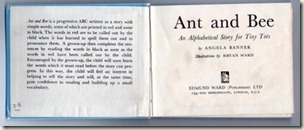
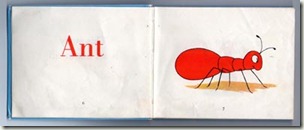
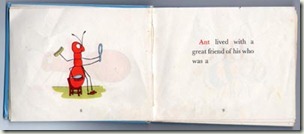
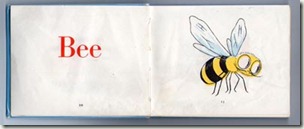
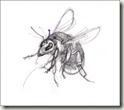
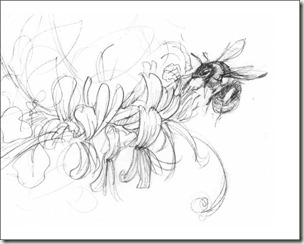
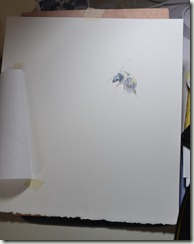
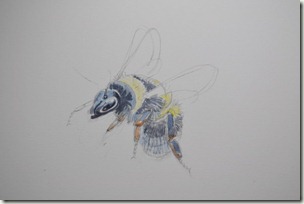

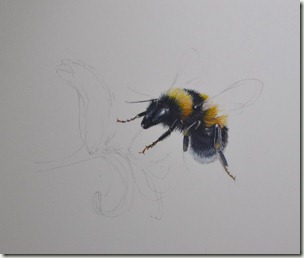
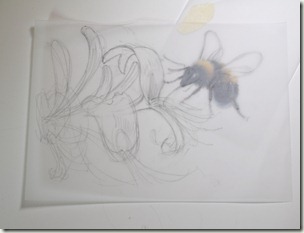

 I was also delighted to meet James Hammil from the fabulous
I was also delighted to meet James Hammil from the fabulous 
